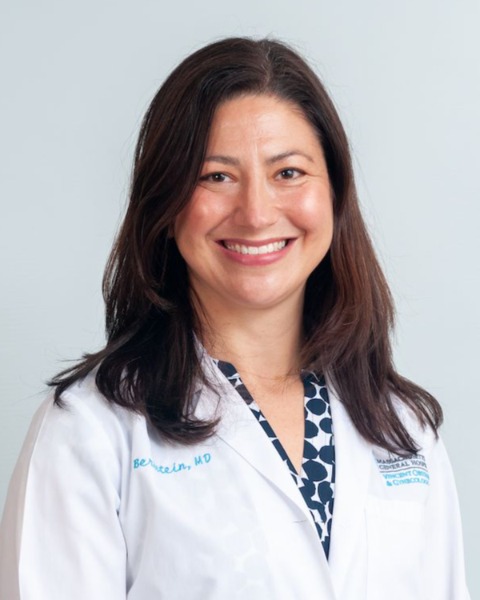Poster Session 2
(545) Patient-reported unmet health-related social needs in patients with and without gestational diabetes

Logan Mauney, MD (he/him/his)
Fellow
Massachusetts General Hospital
Boston, MA, United States- JS
Jonathan Y. Siden, MD
Resident
Massachusetts General Hospital, Harvard Medical School
Boston, Massachusetts, United States - KJ
Kaitlyn E. James, MPH, PhD (she/her/hers)
Massachusetts General Hospital
Boston, Massachusetts, United States - CZ
Chengbo Zeng, PhD
Brigham & Women's Hospital
Boston, Massachusetts, United States 
Camille E. Powe, MD (she/her/hers)
Associate Professor
Massachusetts General Hospital
Boston, Massachusetts, United States
Sarah N. Bernstein, MD (she/her/hers)
Assistant Professor of Obstetrics, Gynecology, and Reproductive Biology
Massachusetts General Hospital, Division of Maternal Fetal Medicine
Boston, Massachusetts, United States
Submitting Author and Presenting Author(s)
Coauthor(s)
Gestational diabetes (GDM) is a common pregnancy complication associated with social determinants of health (SDOH) including economic stability, social and community context and neighborhood environment. Little is known regarding the impact of patient-level manifestations of SDOH, termed unmet health-related social needs (HRSNs), on GDM. We sought to characterize the impact of patient-reported HRSNs on GDM.
Study Design:
Retrospective cohort study of pregnant patients that completed a validated electronic screening tool at least one time for HRSNs during pregnancy in a regional health-care system from 5/2020 to 3/2024. Patients with pre-existing diabetes or multiple gestation were excluded. HRSNs were compared between patients with and without GDM by ICD-10 codes at delivery. Generalized estimating equations were generated to determine adjusted odds ratios (aOR) for the association between HRSNs and GDM, adjusting for patient characteristics known to be associated with GDM.
Results:
2,024 patients met inclusion criteria, of whom 174 (8.6%) had GDM. The GDM cohort was more likely to be older, Black or Asian, multiparous, and to have obesity. Compared to patients without GDM, patients with GDM were more likely to have food insecurity (8.6% vs. 3%) and transportation barriers (13.8% vs. 8.1). 77 patients with GDM (44.3%, p=0.03) had ≥ 1 HRSN in any domain. In logistic regression models controlling for patient characteristics, transportation barriers (aOR 4.3, 95% CI 2.18-8.50), food insecurity (aOR 1.95, 95% CI 1.14-3.34), and ≥ 3 HRSN domains (aOR 1.93, 95% CI 1.19-3.13) were significantly associated with GDM (Table 1). Other HRSNs represented in the cohort (Figure 1) were not significantly associated with risk of GDM (Table 1).
Conclusion:
Multiple HRSNs are risk factors for GDM, and the effect size of transportation barriers was on par with that of obesity. Further research is needed to understand the impact of these HRSNs on the development of GDM so appropriate primary prevention tools on a patient- and community-level can be developed to optimize birth outcomes.

